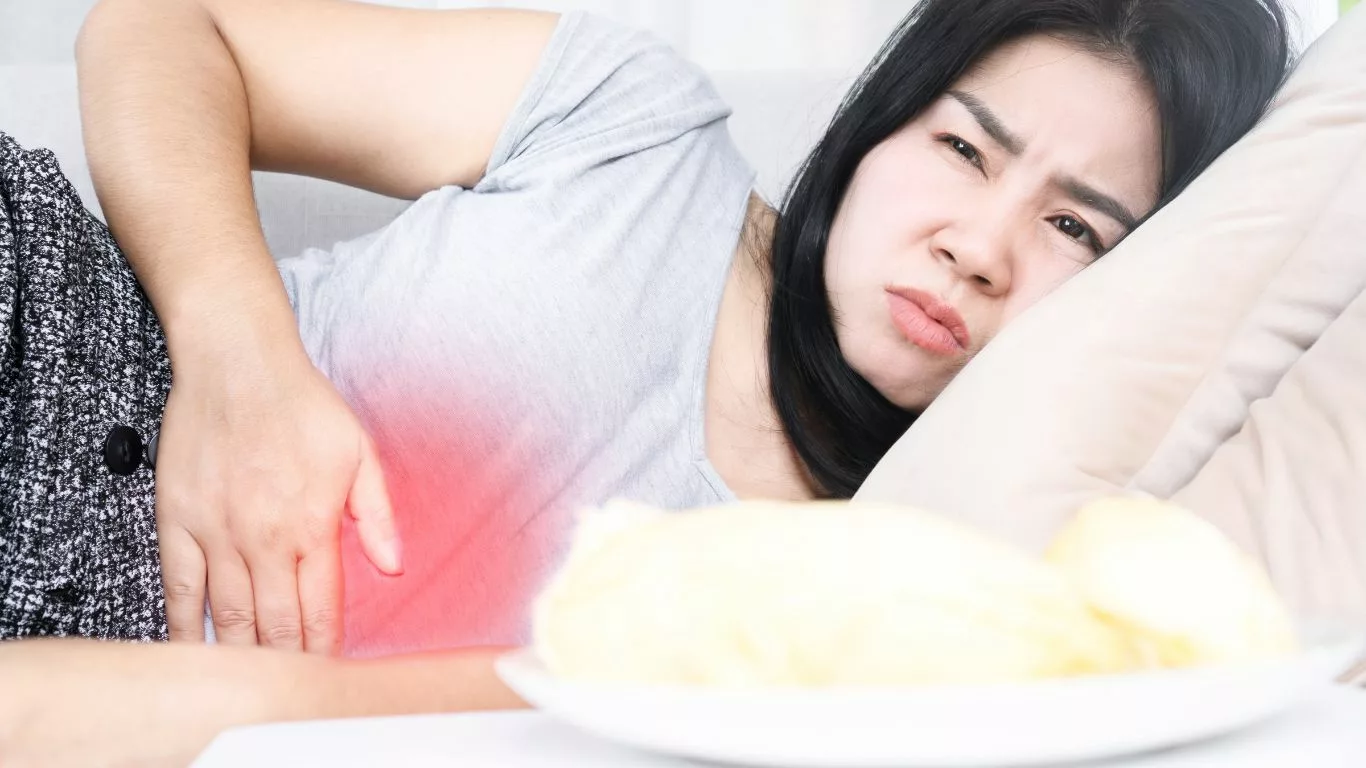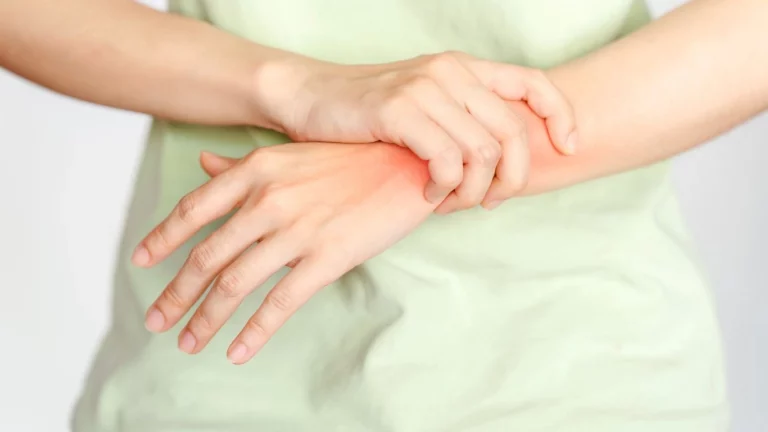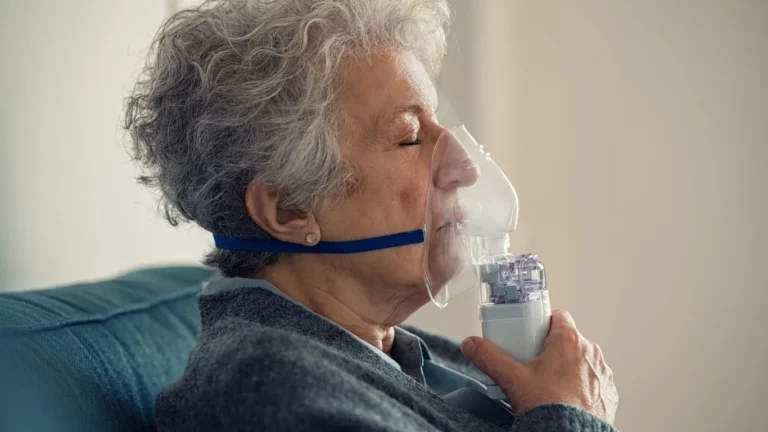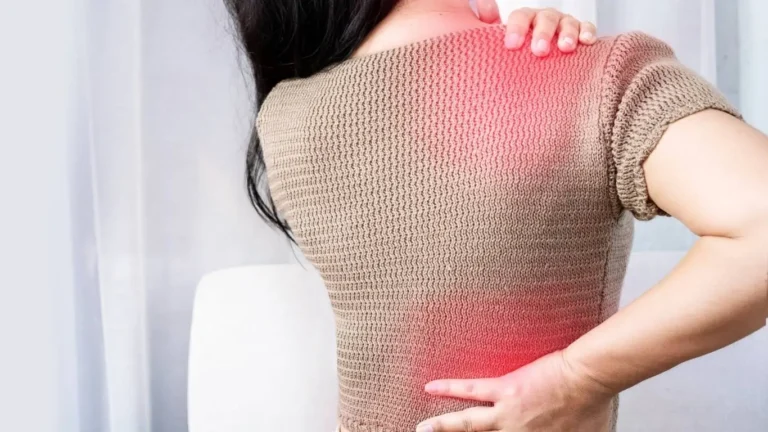Understanding GERD with Esophagitis ICD 10: Diagnosis, Treatment, and Management
Learn about GERD with Esophagitis ICD 10, its diagnosis, treatment options, and effective management strategies to alleviate symptoms and improve quality of life.
Gastroesophageal reflux disease (GERD) with esophagitis, classified under the International Classification of Diseases, 10th Revision (ICD-10), is a common gastrointestinal disorder characterized by the reflux of stomach acid into the esophagus, leading to inflammation and irritation. Understanding the diagnosis, treatment, and management of GERD with Esophagitis ICD 10 is crucial for individuals affected by this condition to achieve symptom relief and prevent complications.

Diagnosis of GERD with Esophagitis ICD 10
Diagnosing GERD with Esophagitis is a comprehensive process that typically involves a combination of medical history evaluation, physical examination, and diagnostic tests. These steps are crucial for accurately assessing the extent of esophageal inflammation and confirming the presence of gastroesophageal reflux disease (GERD) with associated esophagitis. Key diagnostic procedures used in the evaluation of GERD with Esophagitis may include:
1. Upper Endoscopy (Esophagogastroduodenoscopy)
Upper endoscopy, also known as esophagogastroduodenoscopy (EGD), is considered the gold standard for diagnosing esophageal inflammation and identifying the presence of esophagitis. During this procedure, a thin, flexible tube equipped with a camera (endoscope) is inserted through the mouth and advanced into the esophagus, allowing direct visualization of the esophageal lining. The endoscope also enables examination of the stomach and duodenum. Through EGD, healthcare providers can identify inflammation, erosions, ulcers, strictures, or other abnormalities indicative of esophagitis associated with GERD.
2. Esophageal pH Monitoring
Esophageal pH monitoring is a diagnostic test used to evaluate the acidity levels in the esophagus over an extended period, typically 24 to 48 hours. This test is particularly helpful in assessing the frequency, duration, and severity of acid reflux episodes experienced by an individual. During esophageal pH monitoring, a pH probe is inserted through the nose or mouth and positioned in the lower esophagus, where it continuously measures pH levels. By monitoring pH changes, healthcare providers can determine the extent of acid reflux and its correlation with symptoms such as heartburn and regurgitation.
3. Barium Swallow Test (Upper GI Series)
The barium swallow test, also known as an upper gastrointestinal (GI) series, is an imaging procedure used to visualize the esophagus, stomach, and upper digestive tract. During this test, the individual ingests a contrast solution containing barium, which coats the lining of the esophagus and allows for better visualization on X-rays. X-ray images are then taken as the individual swallows the barium solution. The barium swallow test helps identify structural abnormalities, such as narrowing (strictures), hiatal hernias, or motility disorders, that may contribute to GERD symptoms or indicate the presence of esophagitis.

Treatment Options for GERD with Esophagitis ICD 10
The management of GERD with Esophagitis focuses on alleviating symptoms, reducing acid reflux, and preventing complications. Treatment options encompass a comprehensive approach that may include: <h3>Lifestyle Modifications</h3> GERD with Esophagitis often responds well to lifestyle changes. These modifications aim to minimize acid reflux episodes and promote esophageal healing. Some effective lifestyle adjustments include:
- Dietary adjustments: Identifying and avoiding trigger foods and beverages can significantly reduce acid reflux symptoms. Common triggers include spicy foods, caffeine, chocolate, citrus fruits, fatty or fried foods, and carbonated beverages. Incorporating more alkaline-forming foods, such as vegetables and non-citrus fruits, may also be beneficial.
- Weight management: Excess weight, particularly around the abdomen, can increase pressure on the stomach and promote acid reflux. Losing weight through a combination of healthy eating and regular exercise can alleviate symptoms and improve overall health.
- Elevating the head of the bed: Sleeping with the upper body elevated can help prevent stomach acid from refluxing into the esophagus during the night. Elevating the head of the bed by 6 to 8 inches using bed risers or placing wedge-shaped pillows under the mattress can be effective.
Medications
Pharmacological interventions play a crucial role in managing GERD with Esophagitis. Medications aim to reduce acid production, heal esophageal inflammation, and alleviate symptoms. Commonly prescribed medications include:
- Proton pump inhibitors (PPIs): These drugs inhibit the proton pump responsible for acid secretion in the stomach. By reducing gastric acid production, PPIs promote healing of esophageal lesions and provide long-lasting relief from symptoms. Examples of PPIs include omeprazole, esomeprazole, lansoprazole, pantoprazole, and rabeprazole.
- H2-receptor antagonists: H2 blockers work by blocking histamine receptors on parietal cells in the stomach, thereby reducing acid production. While not as potent as PPIs, H2 blockers can effectively alleviate symptoms of GERD. Famotidine, ranitidine, and cimetidine are examples of H2-receptor antagonists commonly used in the treatment of GERD.
- Antacids: Over-the-counter antacids provide rapid but short-term relief from heartburn and acid reflux by neutralizing stomach acid. These medications typically contain ingredients such as calcium carbonate, magnesium hydroxide, or aluminum hydroxide. Antacids are often used as adjunctive therapy to other medications for mild or occasional symptoms.
Surgical Intervention
In cases where GERD with Esophagitis is severe or unresponsive to conservative treatments, surgical intervention may be necessary. Surgical procedures aim to reinforce the lower esophageal sphincter (LES) and prevent reflux of stomach contents into the esophagus. The most common surgical option for GERD is fundoplication, where the upper part of the stomach (fundus) is wrapped around the lower esophagus to strengthen the LES. Other procedures, such as LINX device placement or endoscopic techniques, may also be considered based on individual patient factors and preferences.

Effective Management Strategies for GERD with Esophagitis ICD 10
In addition to medical treatment, adopting a comprehensive approach to management is crucial for effectively managing GERD with Esophagitis ICD 10. Implementing the following strategies can significantly improve symptom control and enhance overall well-being:
Regular Follow-Up with Healthcare Provider
Consistent and timely follow-up with your healthcare provider is essential for managing GERD with Esophagitis effectively. Scheduled appointments allow for ongoing monitoring of symptom progression, assessment of treatment effectiveness, and the opportunity to make necessary adjustments to the management plan. Your healthcare provider can offer personalized guidance and support tailored to your specific needs, ensuring optimal care and improved outcomes over time.
Monitor Dietary Triggers
Dietary factors play a significant role in triggering and exacerbating GERD symptoms. Keeping a detailed food diary can help identify specific foods and beverages that tend to provoke acid reflux episodes. By documenting your dietary intake and corresponding symptoms, you can pinpoint individual triggers and make informed decisions about which foods to avoid or limit. Personalizing your dietary approach based on your unique tolerance levels can contribute to better symptom management and a higher quality of life.
Implement Stress-Reduction Techniques
Stress is known to exacerbate GERD symptoms by increasing gastric acid secretion and altering esophageal motility. Therefore, incorporating stress-reduction techniques into your daily routine can be beneficial for symptom control and overall well-being. Practices such as mindfulness meditation, deep breathing exercises, progressive muscle relaxation, or yoga can help alleviate stress and promote relaxation. By integrating these techniques into your lifestyle, you can reduce the physiological and psychological impact of stress on your digestive system, leading to fewer GERD flare-ups and improved symptom relief.
Maintain a Healthy Weight
Excess body weight, particularly around the abdominal area, can exacerbate GERD symptoms by increasing intra-abdominal pressure and promoting the reflux of stomach contents into the esophagus. Therefore, achieving and maintaining a healthy weight is essential for managing GERD with Esophagitis effectively. Adopting a balanced diet rich in whole foods and engaging in regular physical activity can facilitate weight management and reduce the burden of GERD symptoms. Consult with a healthcare provider or registered dietitian to develop a personalized weight management plan tailored to your individual needs and preferences.
Ensure Adequate Sleep Hygiene
Poor sleep quality and disrupted sleep patterns can worsen GERD symptoms and contribute to overall discomfort and fatigue. Establishing good sleep hygiene practices can promote restful sleep and minimize nocturnal reflux episodes. Aim for a consistent sleep schedule, create a comfortable sleep environment free of distractions, and avoid consuming heavy meals or caffeine close to bedtime. Elevating the head of your bed and sleeping on your left side can also help prevent nighttime reflux. Prioritize adequate sleep duration and quality to support optimal digestive health and symptom management.

Conclusion
GERD with Esophagitis ICD 10 can significantly impact quality of life if left untreated. However, with accurate diagnosis, appropriate treatment, and effective management strategies, individuals with this condition can experience relief from symptoms and prevent complications. By working closely with healthcare professionals, making lifestyle modifications, and adhering to prescribed medications, individuals can regain control over their digestive health and improve overall well-being.
Appendices
References
For further exploration of the topic of GERD with Esophagitis ICD 10, consider reviewing the following references:
- Kahrilas, P. J., & Shaheen, N. J. (2016). Review article: gastro-oesophageal reflux disease – what lies between heartburn and Barrett’s oesophagus? Alimentary Pharmacology & Therapeutics, 43(4), 385–403. Read Article
- Richter, J. E., & Rubenstein, J. H. (2018). Presentation and Epidemiology of Gastroesophageal Reflux Disease. Gastroenterology, 154(2), 267–276. Read Article
- Dent, J., El-Serag, H. B., Wallander, M. A., & Johansson, S. (2005). Epidemiology of gastro-oesophageal reflux disease: a systematic review. Gut, 54(5), 710–717. Read Article
- Badillo, R., & Francis, D. (2014). Diagnosis and treatment of gastroesophageal reflux disease. World Journal of Gastrointestinal Pharmacology and Therapeutics, 5(3), 105–112. Read Article
FAQs
Here are some frequently asked questions about GERD with Esophagitis ICD 10:
- What is the ICD-10 code for GERD with esophagitis? The ICD-10 code for GERD with esophagitis is K21.0.
- How is GERD with esophagitis diagnosed? Diagnosis of GERD with esophagitis often involves a combination of medical history evaluation, physical examination, and diagnostic tests such as upper endoscopy and esophageal pH monitoring.
- What are the complications of untreated GERD with esophagitis? Untreated GERD with esophagitis can lead to complications such as esophageal strictures, Barrett’s esophagus, and an increased risk of esophageal cancer.
Related Table
Here’s a summary table of key information regarding GERD with Esophagitis ICD 10:
| Aspect | Information |
|---|---|
| ICD-10 Code | K21.0 |
| Diagnostic Procedures | Upper endoscopy, esophageal pH monitoring, barium swallow test |
| Treatment Options | Lifestyle modifications, medications, surgical intervention |
| Complications | Esophageal strictures, Barrett’s esophagus, esophageal cancer |
Note: Treatment and management should be individualized based on the severity of symptoms and the presence of complications.
Disclaimer: The information provided in this article is for educational and informational purposes only. It is not intended to be a substitute for professional medical advice, diagnosis, or treatment. Always seek the advice of your physician or other qualified health provider with any questions you may have regarding a medical condition. Never disregard professional medical advice or delay in seeking it because of something you have read in this article. Reliance on any information provided in this article is solely at your own risk.

Camellia Wulansari is a dedicated Medical Assistant at a local clinic and a passionate health writer at Healthusias.com. With years of hands-on experience in patient care and a deep interest in preventive medicine, she bridges the gap between clinical knowledge and accessible health information. Camellia specializes in writing about digestive health, chronic conditions like GERD and hypertension, respiratory issues, and autoimmune diseases, aiming to empower readers with practical, easy-to-understand insights. When she’s not assisting patients or writing, you’ll find her enjoying quiet mornings with coffee and a medical journal in hand—or jamming to her favorite metal band, Lamb of God.






